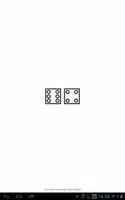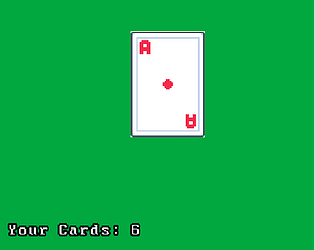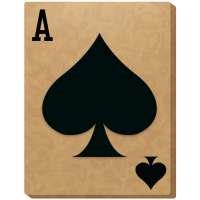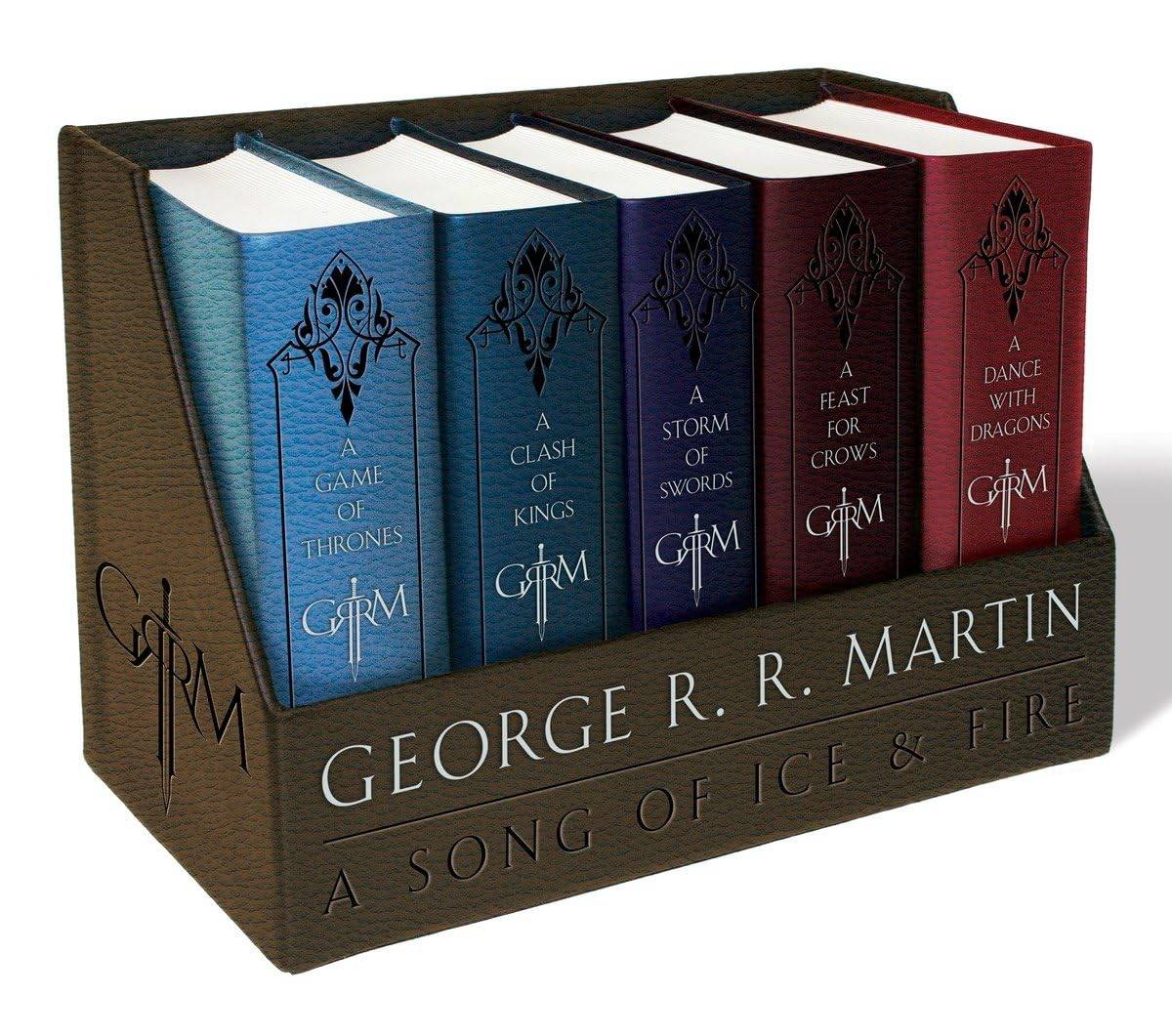Dice, fundamental tools for games and random number generation, exist in diverse forms. This brief overview introduces two common types: the standard six-sided cube, numbered 1-6, ubiquitous in board and casino games; and the less frequent four-sided tetrahedron, displaying numbers 1-4. Both ensure fair and unpredictable outcomes, making them essential gaming components.
Objective
The aim is to achieve specific number combinations or sums by rolling the dice, according to established rules.
Gameplay
- Setup: Two six-sided dice and an optional scorecard are needed.
- Rolling: Players alternate turns rolling both dice.
- Scoring: Points are awarded based on the dice roll results.
Basic Rules
- Dice Sum: Points equal the sum of the two dice.
Specific Combinations:
- Doubles: (e.g., two 3s) yield bonus points.
- Seven: Rolling a total of 7 often carries extra points.
Scoring Example
Total Score: Players accumulate their dice roll totals.
Special Rolls:
- Doubles: +10 points
- Total of 7: +5 points
Variations
- Target Score: A predetermined target score (e.g., 50 points) determines the winner.
- Rounds: A fixed number of rounds, with the highest total score winning.
Tips
- Enjoyment: Simplicity is key; prioritize fun with friends or family.
- Score Tracking: Tracking scores enhances the competitive aspect.








































